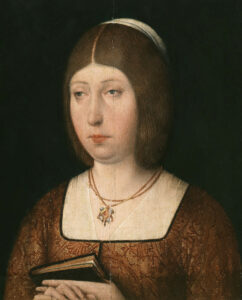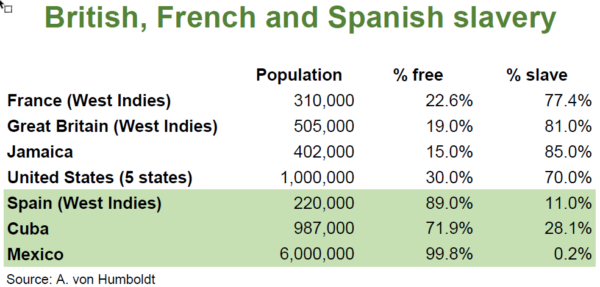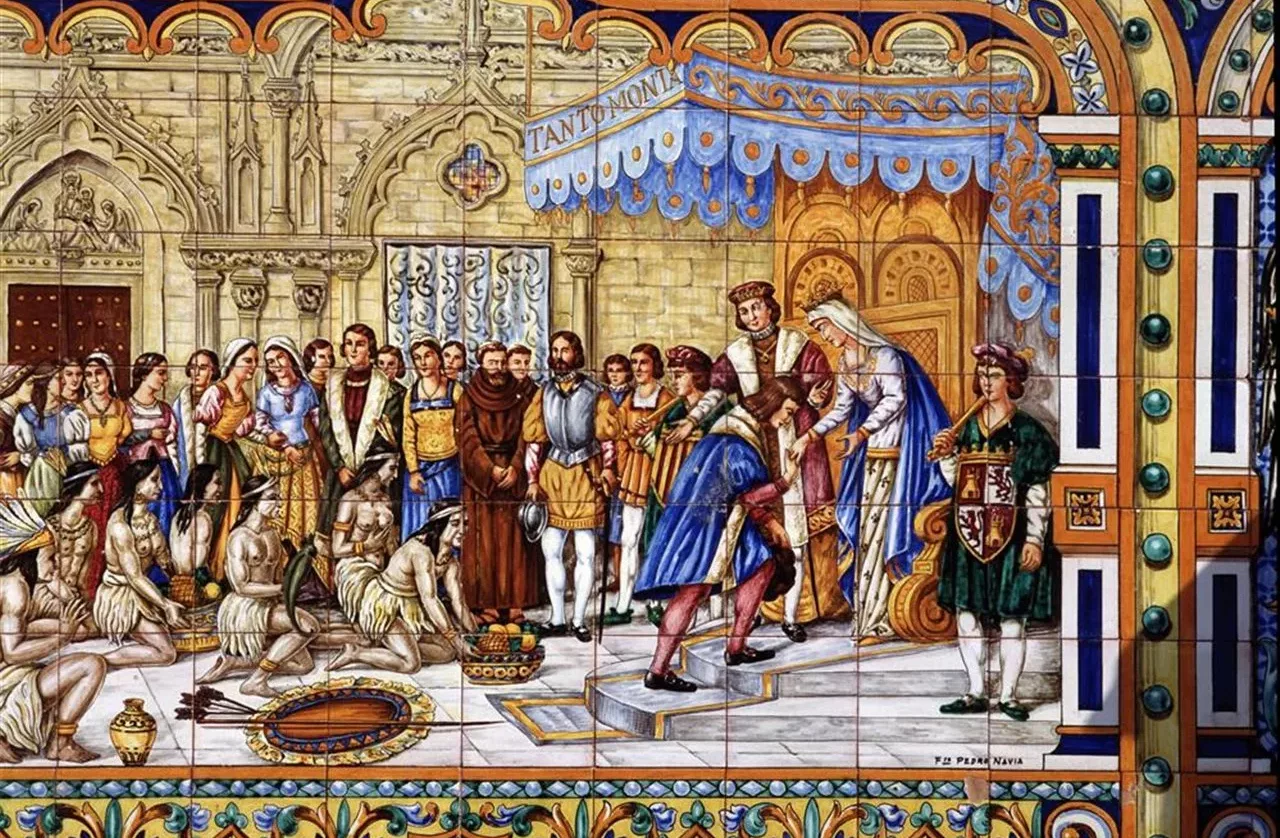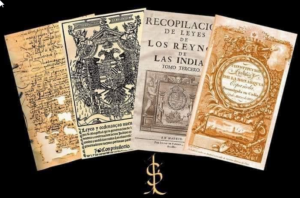Source:Unión Hispano Americana
Like everywhere else in the world, slavery was legal in Spain. But unlike the rest of the nations that spread throughout the world. Spain was never a country with a slave economy.
The Spanish, let alone the Portuguese, trafficked slaves in the 16th century, before, and after, whether we like it or not; that’s how it was.
Not everything is black and white, never better said. I insist, it is not necessary to fall into “Pink Legends” to defend oneself from “Black Legends”;it is a matter of deeply understanding human relations throughout History, especially in the exploration of almost half the world and the conquest of America, since this is the subject that concerns us.
Spain never based its economy on slave exploitation.
That is why, even though it possessed the largest and most populous empire, it was at the same time the one that had the fewest slaves, and its trade and trafficking suffered from the greatest restrictions, and where its laws made them the most legally protected slaves.
Spain’s economy was based on agricultural production, consumption, metal mining and global trade to five continents.
The Encomiendas

Isabel I de Castilla, defender of the Indians
During the time of Spanish colonisation in the Americas, encomiendas were established and used indigenous labour, which the Spanish have often been accused of enslaving on plantations and in resource extraction.
While it is true that the encomienda system existed, it was not as it is commonly told.
It was later replaced by haciendas and privately owned plantations. Slavery continued to be a practice in the Spanish economy, but not important in comparison with the Central European powers, and irrelevant to the Spanish economy as a whole.
Encomiendas as a form of slavery is a commonly alleged fabrication. The encomiendas were established in the early years of Spanish colonisation in the Americas and were characterised by the assignment of Indians to encomenderos, who were responsible for their protection and evangelisation.
The encomenderos had to pay the Indians a fair wage for their work and provide them with certain guarantees. The Indians were often subjected to abuse and labour exploitation, but these acts were a serious legal transgression that was severely punished by criminal law.
The New Laws of the Indies
In 1542, the New Laws were promulgated in Spain and put an end to the encomienda system, reaffirming the recognition formally established by the royal decrees of Isabel I the Catholic and the laws of Burgos, which obliged respect for the freedom, property and dignity of the Indians. However, this did not mean that slavery disappeared completely from the Spanish viceregal economy. Spanish law recognised slaves as property and therefore their condition was considered a form of private property.
These laws were enacted to regulate the treatment of slaves and prevent extreme abuses by owners and included provisions to ensure humane treatment, access to the Catholic religion and the prohibition of extreme mistreatment. These codes established certain protections for slaves, such as the right to adequate food, health and clothing, the prohibition of torture and the possibility of purchasing their freedom.
However, despite these legal protections, the reality was that slavery entailed a fundamental loss of freedom and human dignity. Slaves were considered the property of their masters and were subject to a system of exploitation. Existing legal protections were neither sufficient nor designed to guarantee true equality and justice for slaves.
It was never a slave economy.
The Spanish economy during the viceregal period was not based primarily on slave exploitation as were other colonial empires of the time, such as the British, Portuguese, French or Dutch. There is no comparison with the English colonies in North America, the Portuguese sugar plantations in Brazil or French Haiti, where slavery played a central, “industrial-scale” role in the economy. The presence of slaves in the Spanish economy was minor and irrelevant to the total of a diversified economy not based on monocultures, unlike the Central European colonies, which were based exclusively on the exploitation of people and resources of the conquered territories.

British, French and Spanish slavery
In conclusion. Spain was not a slave-economy empire in the sense that slavery was not a basic factor in its economic production. However, it is important to bear in mind that slavery was present in certain sectors and regions within the tacitly named Spanish empire during the viceregal era and beyond.
Alberto Marigil is the owner and manager of the blog Unión Hispano Americana and replies in doantions to continue his research and documentary work. Any financial help to him will be welcome. For any donation, you can do it by Bizum to the phone +34632764765. For any other means contact him directly via WhastApp.
Share this article
On This Day
- 1503 Battle of Cerignola (Italy).
- 1522 Santiago de Cuba is granted the city status by Carlos I.
- 1589 Margarita de Saboya is born.
- 1611 Archbishop Miguel de Benavides founded the University of St Thomas in Manila.
- 1777 José Primo de Rivera, Hero of the Sieges, was born in Algeciras.
History of Spain
26 August 2020
27 January 2021
Communism: Now and Then
23 December 2022
28 July 2021







